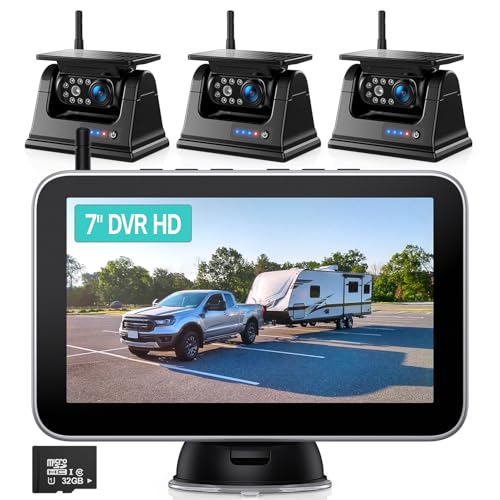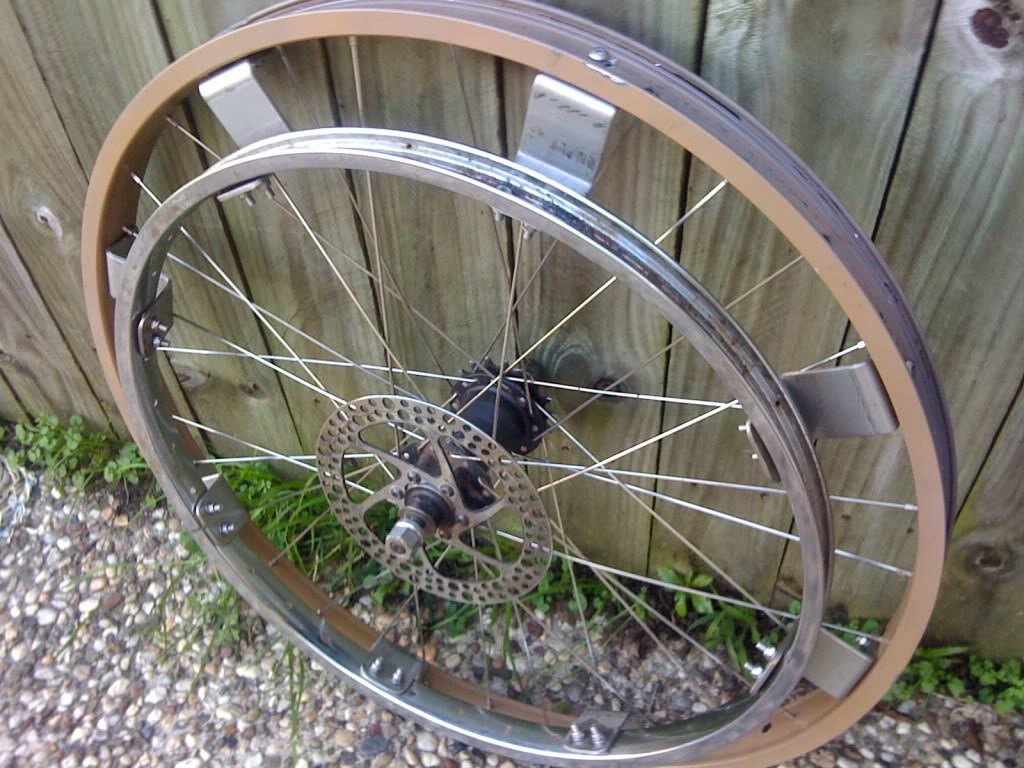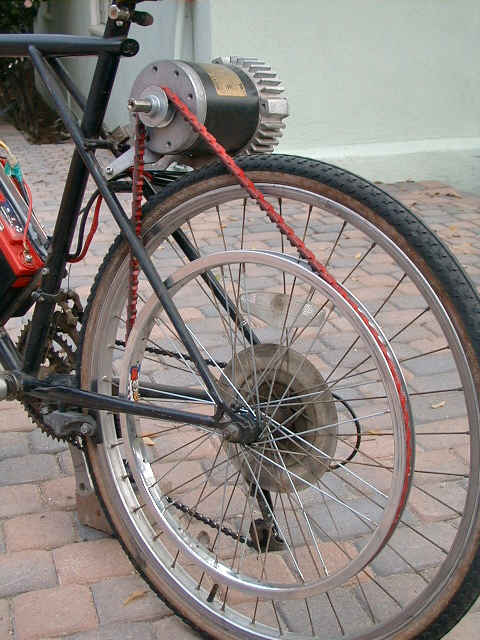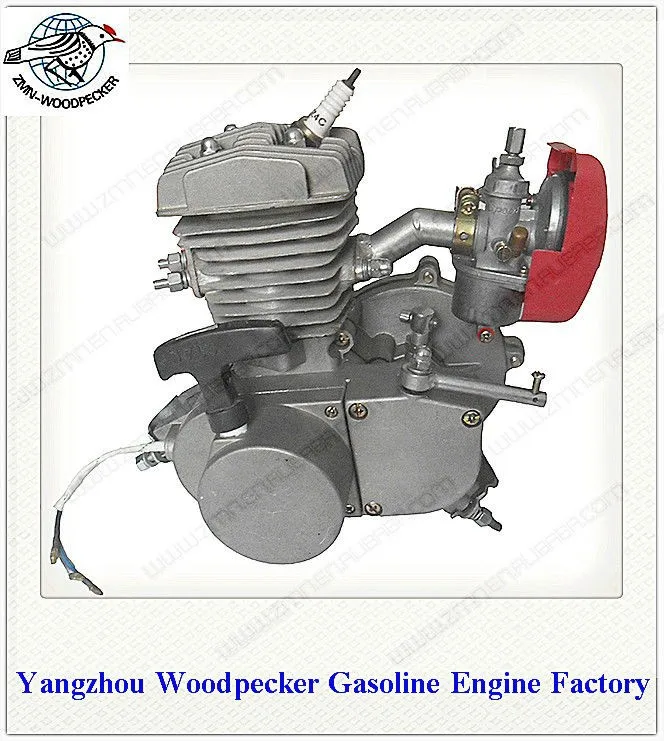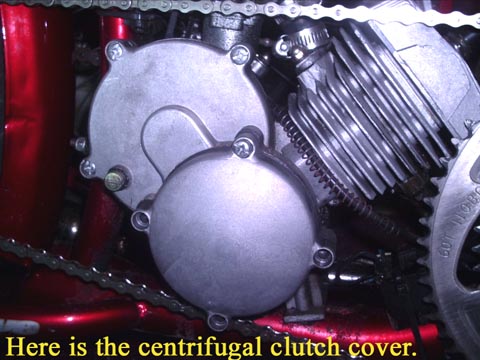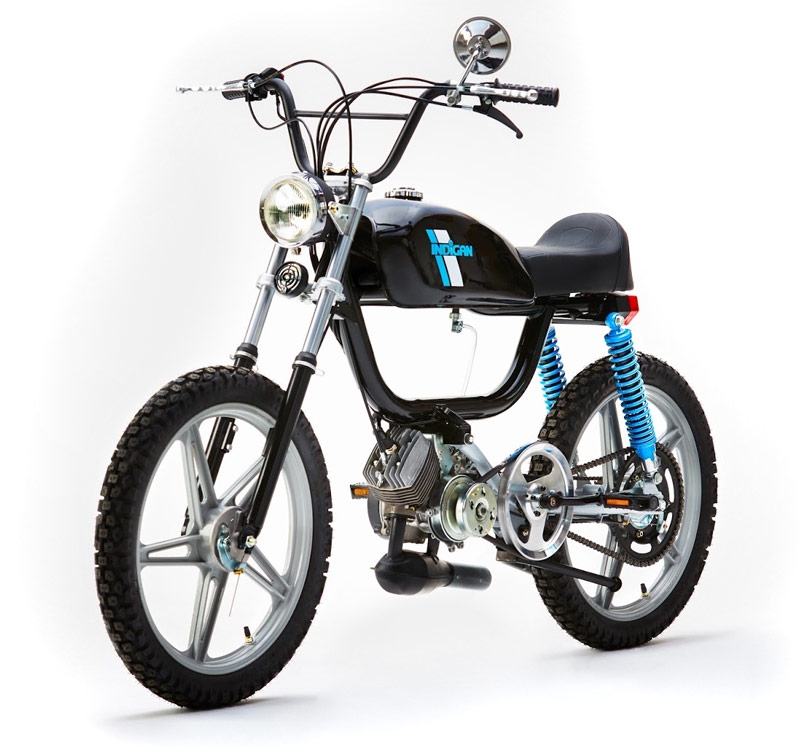debit.servus
No Longer Debased.
eDJ_ said:...
I've ran a 40 rear tooth gear and the output gear on the motor's counter shaft has 10 teeth driving a 26 inch wheel. The motor is measured at 80 cc but I put a 49cc sticker on the engine. No one is checking displacement of these motors....just the speed you drive at. (20 mph in Ohio is legal) In WV and KY 30 mph is legal. I can hit close to the mid 30 mph with mine. It has decent take off from a shove but if I pedal some and then engage the the engine it's quite a brisk take off. Only one gear "in or out". These are rated as one horse power engines but in the upper rpm range they generate about 5 horse power. You can find these on eBay or numerous motorized bicycle message board ad's. Again you can hold one of these motors in your
hands they are that small and any LEO will be more likely to laugh at one than want to make a fool of himself
over checking it's dimensions.
A kit would come in a card board box and unpack to look like this. Cost anywhere from $95 dollars to $129
depending on the time of year. Some of them ship free. These can be purchased with a recoil starter and even a centrifugal clutch.
If you use one of these types you will probably have to buy and install an extra wide pedal crank kit that will
have clearance for the additional recoil and centrifugal added to the motor. The pedals will be about 7 inches wider than standard.
I have ridden mine about as easily after the motor install as I rode it before. My bike was a 10 spd and I took the front derailer off and use the 5 rear gears. (the two front sprockets are still on the pedal crank and if I want to I can manually change the gears. But now I only use the 5 rear gears when I pedal.
That about covers it.

Here is an eBay auction engine fitted with recoil starter & centrifugal clutch so you'll know one when you see it.
http://www.ebay.com/itm/49CC-2-CYCL...ash=item4b0649da5e:g:gtYAAOSwaB5XowcR&vxp=mtr
This is the kind of motorized bike kit I bought, and in the last stage of fitting onto the cruiser bike I bought for this motorization.
I am building an electric bike using three 17 amp hour SLAs from Harbor Freight jumpstarters. The only way i'll do electric is with a small generator behind me. I already bought the kit and the cheapo 700 watt HFT 2-stroke genset. The genset will be used to get the same benefit as gas-powered motorized bikes and can be used to power the electric motor direct if needed. I get the quiet of electric when I need it and the range of gas when I don't, while not getting second looks from most people. If/when the cheap genset blows up or if there is some electrical fault that disables the electric motor, I can still pedal the bike home.
Set-up Cost for this electric bike:
$100 for the bike ($84 Roadmaster mountain bike from WALMART, plus tax and protection plan)
$202 and change for the 800 watt electric bike conversion kit which comes with every component but the batteries (you can buy a 500 watt kit for $20-$40 less if you need to cut costs)
$50 for a set of 12 amp hour Sealed Lead Acid (SLA) batteries as odds are you don't have 3 shucked jumpstarter batteries
$115 for the 700 watt HFT 2-stroke generator (genset bought with $90 coupon plus 1 year protection plan and taxes)
$30 for a rear bicycle rack to put the generator on.
$20 for a 6 amp battery charger or power supply to charge the batteries & run the motor.
Time & skill cost to put it all together to make the bike operational.
Setup Cost for a 89cc 2-stroke bike:
$130 for the bike (WALMART cruiser bike with derailleur and handlebar brakes, the kind the bikes the 89cc 2-stroke conversion kits are designed for)
$110 for the Chinese low-end 89cc 2-stroke conversion kit (found on eBay, search "2-stroke engine")
If you want to take it on public transit: chloroplast or something to stealthify the engine and fuel tank. Guess I should stockpile chloroplast during and after this election season.
Time and skill cost to put it all together to make the bike operational.
The costs for the components are priced at what it would cost to buy them at retail price in the continental United States and may vary. Time and skill costs refer to the amount of time it takes to assemble the motorized bike (time cost) and the skills needed to do the work yourself (skill cost).
















































